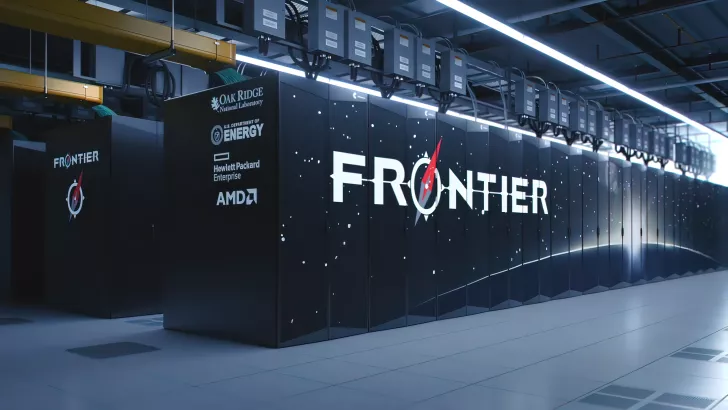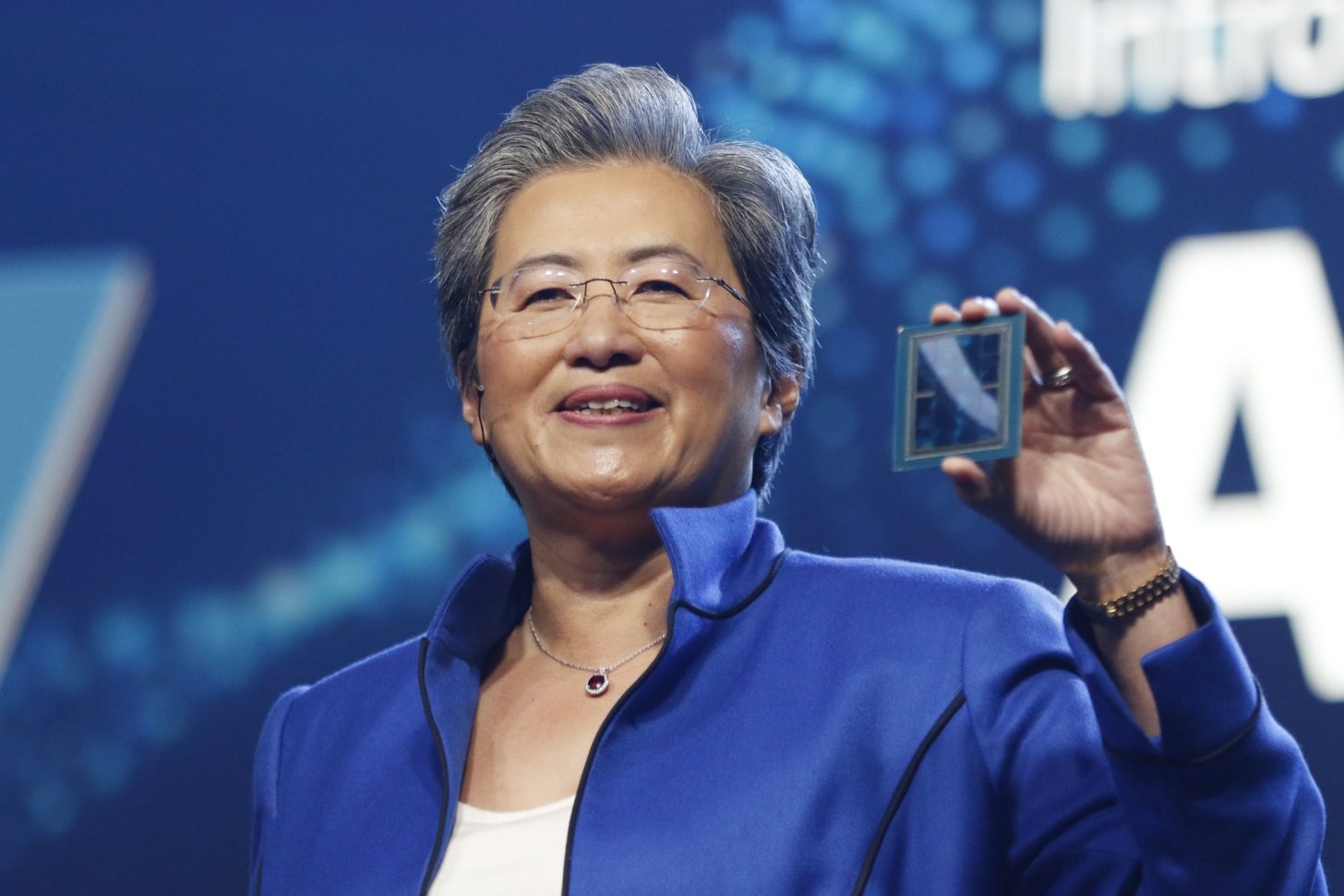In a groundbreaking move, the U.S. Department of Energy (DoE) has partnered with AMD to develop two innovative supercomputers. These projects aim to leverage AMD’s cutting-edge AI chips to tackle pressing scientific challenges.
AMD’s Strategic Collaboration with the U.S. DoE
Sources reveal that AMD has entered a significant agreement with the U.S. DoE to construct two state-of-the-art supercomputers, primarily oriented towards academic research. This collaboration represents a major achievement for AMD, as it strives to expand its technology’s reach in the industry, offering a formidable challenge to NVIDIA. The supercomputers will be equipped with AMD’s Instinct MI355X AI chips, along with a new MI430 variant.
The first of these projects, named “Lux,” is anticipated to go live within the next six months. It will feature AMD’s advanced MI355X AI chips and involve collaboration with partners such as HP, Oracle, and Oak Ridge National Laboratory (ORNL). The swift deployment of Lux is considered a record, according to CEO Lisa Su.

Upcoming Project Discovery
The second supercomputer, “Discovery,” is slated for delivery by 2028 and will incorporate a custom Instinct MI430 AI chip variant tailored for high-performance computing. This project has been in consideration by the DoE since last year, and AMD has been selected as the primary computing supplier.
The DoE is investing close to $1 billion in these ventures and is reportedly seeking further private partnerships to enhance its computing capabilities. While specific reasons for AMD’s selection over NVIDIA are not detailed, it is speculated that the administration’s familiarity with AMD’s technology at the high-performance computing level played a crucial role.
As the DoE continues to expand its collaboration with the public sector, there remains potential for future adoption of NVIDIA’s AI hardware; however, AMD currently stands as the preferred choice.
